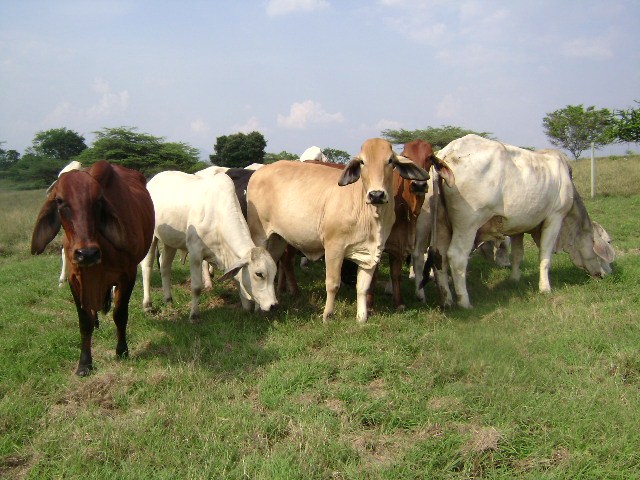The NWS is a larva of the Cochliomyia hominivorax fly, which infests wounds in warm-blooded animals, feeding on living tissue. This infestation causes lesions known as myiasis.
The adult fly lays its eggs in open wounds of animals. When the eggs hatch, the larvae invade the living tissue, aggravating the lesion and causing infection if not treated in time.
The animals most affected include cattle, canines, pigs, and horses. Although it mainly affects livestock, it can also affect companion and wild animals.
Infested animals show signs of open wounds that worsen over time, swelling, fluid discharge, discomfort, poor appetite and, in severe cases, weight loss and reduced meat or milk production.
Infestation causes stress, loss of appetite and pain in animals, leading to a decrease in meat and milk production. It also increases veterinary treatment costs and impacts animal welfare.
Yes, infestation can occur in humans if an open wound is exposed to adult flies laying eggs. Cases have been reported already in the Americas region.
Prevention includes regular cleaning and disinfection of animal wounds, control of insects in the surroundings, and implementation of biological barriers such as the use of sterile insects, a method successfully employed in some countries.
The sterile insect technique involves the rearing and release of sterile male flies which, when mated with wild females, produce no offspring, thereby progressively reducing the fly population in infested areas.
Treatment includes cleaning of the wound, removal of the larvae, and application of larvicides and measures to prevent secondary infections. Veterinary care is essential to avoid complications.
The resurgence of the disease has generated alerts in Central America, where it was eradicated. It has led to the declaration of a disease emergency in several countries due to the rapid spread of the infestation and the impact on livestock production and companion animals.
Producers should regularly check their animals for wounds, maintain good on-farm hygiene practices, use insect repellents and contact veterinarians for advice on prevention and control.
The Panama-US Commission for the Eradication and Prevention of Screwworm (COPEG) is key in the fight against the disease. COPEG produces and releases sterile insects, collaborates with Veterinary Services and leads control and eradication campaigns in the region.
WOAH collaborates within the Global Framework for the Control of Transboundary Animal Diseases (GF-TADs) with other international and regional organisations, as well as with Members in the region. Within this framework of cooperation, information and strategic meetings are coordinated to limit the spread of the disease. A preliminary proposal is being discussed to develop an action plan for the Americas, adapted to the different epidemiological situations and considering the importance of public-private partnerships to contain the NWS. It is also expected to form a Permanent Group of Experts to monitor the progress of the disease in previously free zones, and also to coordinate actions for the maintenance of free zones.
